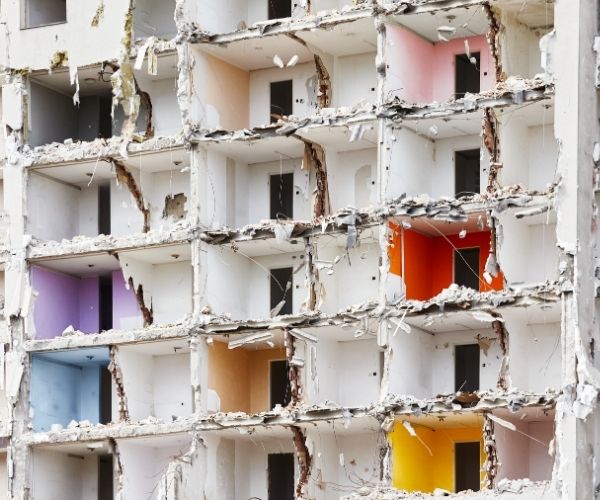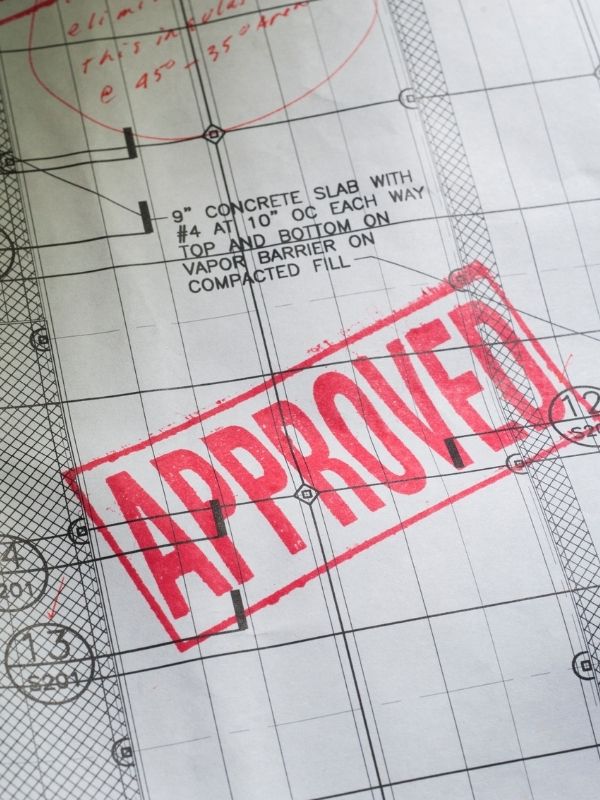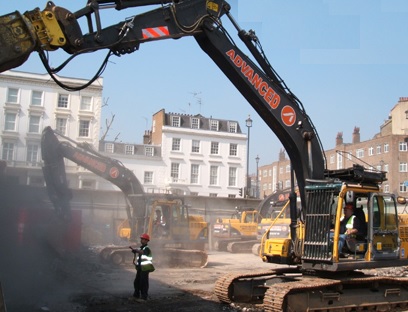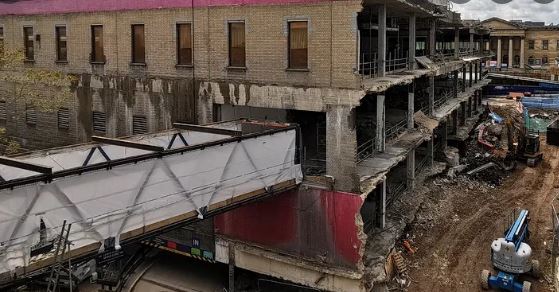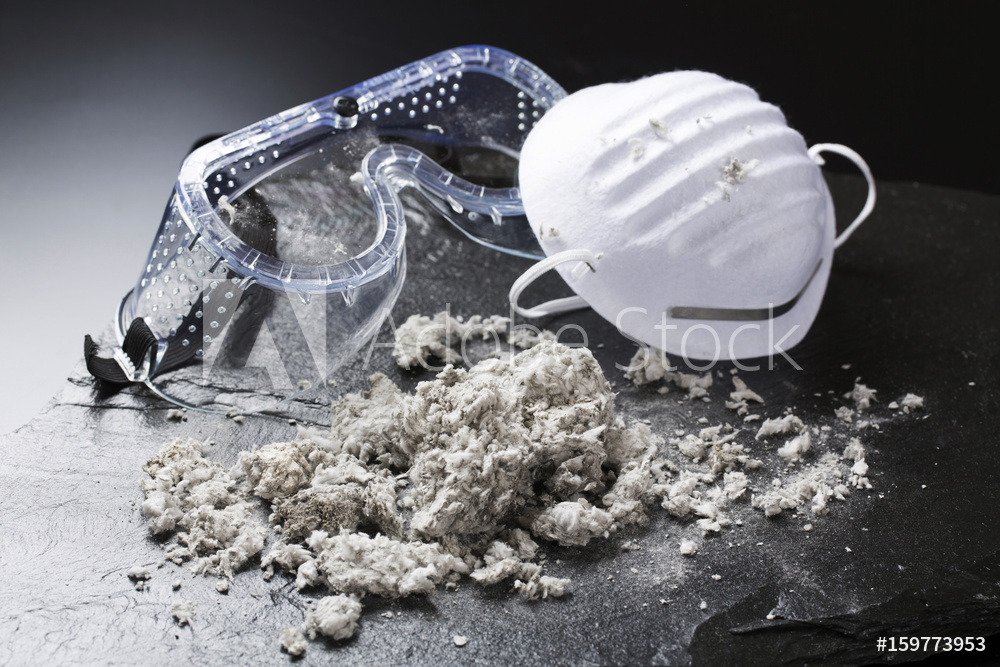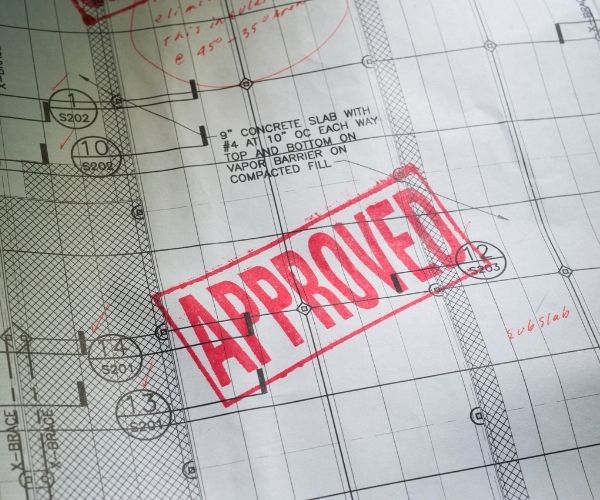What methods of demolition are there?
Total Demolition Service
Which means the complete breaking down of a building or structure to the ground. This type of demolition is particularly common in the restructuring of a community, for example, the demolition of an old building that is no longer in use so that the land can be repurposed to a housing estate that would be beneficial to the whole community.
Selective Demolition
This method of demolition involves the removal of parts of the building while some of it remains in place. Listed buildings often undergo this type of demolition process. Listed buildings come with restrictions on what, and how much of the property you can remove. One common reason for selective demolition is to take away an old section of a building to renovate or repurpose it. Taking a section of a building, demolishing it, and building it from scratch could not only save you some money, but it will also exponentially add value to the whole building.
Interior Demolition
Removing the inside of a building while maintaining and protecting the exterior structure. A good example of this type of demolition includes the removal of pillars, walls, partitions, and ceilings. Interior demolition or strip out work, wonders in the creation of additional space inside by removing sections of the property you no longer require.
Deconstruction or Dismantling Service
Deconstruction, unlike house demolition for example involves the precise and careful dismantling of a structure or building so these parts may be preserved for recycling, refurbishing, or reuse. Unlike the aforementioned types and methods of demolition, this process is very labour intensive and requires more job sheet time.
Explosive Demolition Service
This method of demolition requires a lot of skill and is only offered by the very best industrial and commercial demolition contractors in the business. It involves the use of real explosives to bring down large structures like chimneys or high-rises and large buildings. Explosive demolition targets the strongest parts of the building’s foundation, these are the structural support pillars so that the building comes down in a controlled manner.
Before starting the demolition process, you may need to start by liaising with the local authorities to discuss your building work requirements, like taking care of drainage lines or any other precautions that must be taken to ensure the safety of surrounding buildings.
It is extremely important to have the building surveyed prior to demolition as this will give the demolition contractor a good understanding of the risks that may be associated with the job in hand.
Finally, it is vital for all the people taking part in the demolition to abide by all the health and safety rules, procedures, plus building regulations prior to beginning the demolition work.





